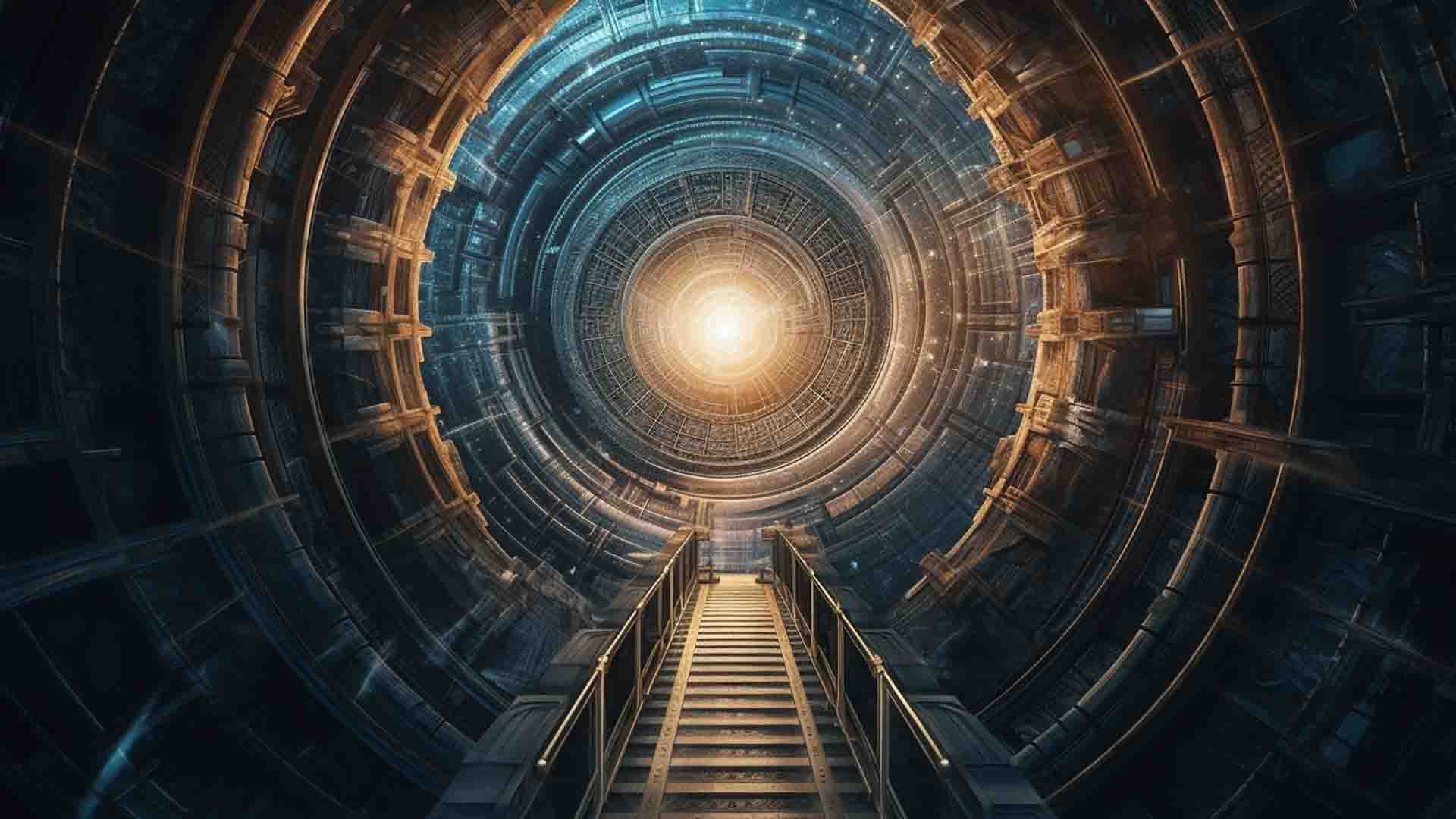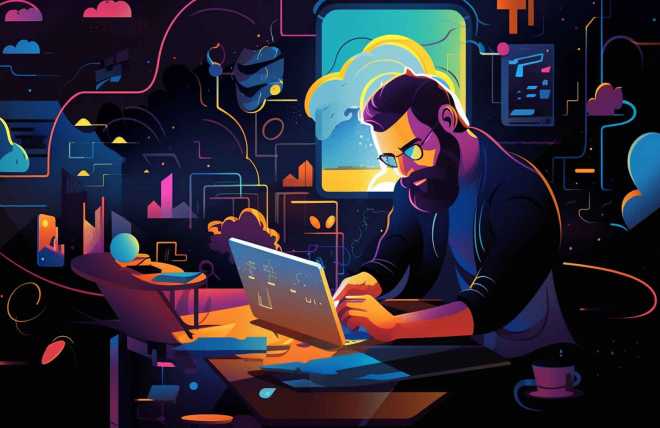Welcome to the World of NFTs
Discover the Future of Digital Assets
Understanding NFTs: What are they and how do they work?
Non-fungible tokens (NFTs) have taken the world by storm, with everyone from artists to gamers to celebrities getting in on the action. But what exactly are NFTs, and how do they work? In this blog post, we'll dive deep into the world of NFTs, exploring their unique characteristics, how they're created and traded, and the potential they hold for the future of digital assets.
What are NFTs?
Definition of non-fungible tokens
NFTs, or non-fungible tokens, are a type of digital asset that represent ownership of a unique item or piece of content. Unlike cryptocurrencies like Bitcoin or Ethereum, which are fungible tokens and can be exchanged on a one-to-one basis, NFTs are unique and cannot be directly exchanged for one another.
Comparison with fungible tokens
Fungible tokens, like cryptocurrencies, are interchangeable and have a fixed value. For example, one Bitcoin is equal in value to another Bitcoin. NFTs, on the other hand, represent items that are unique and cannot be exchanged on a one-to-one basis. Each NFT has its own distinct value based on factors like rarity, demand, and the reputation of the creator.
Unique characteristics of NFTs
NFTs have a few key characteristics that set them apart from other digital assets:
- Indivisibility: NFTs cannot be divided into smaller units, like cryptocurrencies can. You cannot own a fraction of an NFT; you either own the entire NFT or you don't own it at all.
- Uniqueness: Each NFT is unique and cannot be replicated or replaced by another NFT. This gives them value as collectors' items and pieces of digital art.
- Ownership: NFTs are stored on a decentralized blockchain, which provides a transparent and secure record of ownership that cannot be altered or tampered with.
How do NFTs work?
Blockchain technology
NFTs are built on blockchain technology, which is a decentralized digital ledger that records transactions across a network of computers. Blockchain technology provides security and transparency, as each transaction is recorded on a public ledger that cannot be altered or tampered with. NFTs are typically built on platforms like Ethereum, which use smart contracts to facilitate the creation and trading of digital assets.
Creating and minting NFTs
The process of creating and minting NFTs typically involves the following steps:
- Digital artists and creators produce a digital work, like an image, video, or piece of music, which they want to tokenize and sell as an NFT.
- The creator uploads their digital work to an NFT platform like OpenSea or Rarible, where they can mint it as a unique token.
- The minting process involves assigning a unique identifier to the digital work and recording it on the blockchain, along with details of the creator and the asset's metadata. The creator may also have to pay a gas fee for the transaction, which is a small fee in cryptocurrency used to cover the computational resources needed to mint the NFT.
Buying and selling NFTs
NFTs can be bought and sold on a variety of NFT marketplaces, like OpenSea, Nifty Gateway, or SuperRare. These platforms facilitate the exchange of NFTs between buyers and sellers, using a bidding and auction process to determine the final sale price. Transactions are typically conducted using cryptocurrencies like Ethereum or other platform-specific tokens.
The value of NFTs
Factors contributing to NFT value
The value of an NFT is influenced by several factors, including:
- Rarity and uniqueness: The more rare and unique an NFT is, the higher its perceived value. Limited edition releases or one-of-a-kind digital art pieces can command a premium price.
- Creator's reputation and influence: NFTs created by well-known and respected artists or influencers tend to have a higher value, as their work is often seen as more desirable and valuable by collectors.
- Demand and market trends: The value of NFTs can fluctuate based on the overall demand and trends in the market. Popular NFT collections or digital art genres may see a surge in value, while less popular ones may experience a decline.
Notable NFT sales and records
Several high-profile NFT sales have made headlines in recent years, showcasing the potential value of these digital assets:
- Beeple's artwork: Digital artist Beeple sold an NFT of his artwork "Everydays: The First 5000 Days" for a staggering $69 million at a Christie's auction in March 2021.
- CryptoPunk collectibles: In 2021, a set of nine CryptoPunk NFTs sold for a combined $16.9 million at a Sotheby's auction.
- Virtual real estate transactions: Virtual land parcels in platforms like Decentraland have sold for millions of dollars, with one particular virtual estate selling for $2.4 million in February 2021.
The future of NFTs
Potential for mainstream adoption
As NFTs continue to gain traction in the digital world, there is potential for mainstream adoption in various industries. From digital art to music, sports memorabilia, and even virtual real estate, NFTs offer a new way for creators and collectors to monetize and trade unique digital assets.
Upcoming developments and innovations
The NFT space is ripe for innovation, and we can expect to see many new developments and applications for this technology in the coming years. Some areas to watch include:
- Integration with virtual reality and augmented reality experiences
- New platforms and marketplaces catering to specific industries and niches
- Improved environmental sustainability through the adoption of more energy-efficient blockchain technologies
Challenges and concerns
Despite the potential of NFTs, there are several challenges and concerns that need to be addressed, including:
- Environmental impact: The energy consumption associated with blockchain technology, particularly the Ethereum network, has raised concerns about the environmental impact of NFTs.
- Copyright and intellectual property issues: The rapid growth of the NFT market has raised questions about copyright infringement and the protection of intellectual property rights for digital creators.
- Market volatility and speculative nature: The NFT market has experienced significant volatility, with some critics arguing that it is driven by speculation and could be unsustainable in the long term.
Conclusion
NFTs represent a fascinating and rapidly evolving aspect of the digital landscape, offering new opportunities for creators and collectors alike. While there are challenges and concerns that need to be addressed, the potential for NFTs to revolutionize the way we value and trade digital assets cannot be ignored. As the world of NFTs continues to grow and evolve, it will be exciting to see the innovations and developments that emerge in this dynamic space.

The rise of non-fungible tokens marks a new era in the evolution of digital art and collectibles, challenging our perception of value and authenticity.
Faq
- Q: What are NFTs?
A: NFTs, or non-fungible tokens, are unique digital assets that represent ownership of items or content, such as digital art, collectibles, or virtual real estate. - Q: How do NFTs work?
A: NFTs are built on blockchain technology, which provides a secure and transparent record of ownership. They are created (minted) and traded on various online platforms known as NFT marketplaces. - Q: What factors influence the value of NFTs?
A: The value of NFTs is influenced by factors such as rarity, uniqueness, the creator's reputation, and market demand. - Q: Where can I buy or sell NFTs?
A: You can buy and sell NFTs on various online platforms known as NFT marketplaces, such as OpenSea, Rarible, Nifty Gateway, SuperRare, and others. - Q: What are some challenges and concerns related to NFTs?
A: Some challenges and concerns include the environmental impact of blockchain technology, copyright and intellectual property issues, and market volatility.
Pros and Cons
Pros:
- Empowers digital artists and creators
- Offers a new way to monetize digital assets
- Provides transparent and secure ownership records
- Supports a growing market for digital collectibles
- Enables innovative applications in various industries
Cons:
- Environmental impact of blockchain technology
- Copyright and intellectual property concerns
- Market volatility and speculative nature
- Potential for scams and fraudulent activities
- High transaction fees on certain blockchain networks
Resources
You can buy and sell NFTs on various online platforms known as NFT marketplaces. Some of the most popular and widely-used marketplaces include:
-
OpenSea: OpenSea is one of the largest NFT marketplaces, offering a wide range of digital assets, including art, collectibles, virtual land, and more. It supports various blockchain networks, including Ethereum, Polygon, and others.
-
Rarible: Rarible is both an NFT marketplace and a platform for minting NFTs. It supports the Ethereum network and offers various categories of digital assets, such as art, domains, gaming items, and more.
-
Nifty Gateway: Nifty Gateway is an NFT platform that focuses on high-quality digital art and collectibles. It has partnered with well-known artists and brands to release exclusive, limited edition NFT drops.
-
SuperRare: SuperRare is a high-end NFT marketplace that focuses on one-of-a-kind digital art. The platform is known for its curated selection of artworks and its commitment to showcasing unique and high-quality pieces.
-
Foundation: Foundation is another NFT platform that emphasizes digital art, with a focus on fostering a community of artists and collectors. It offers a curated selection of art pieces and supports the Ethereum network.
-
NBA Top Shot: NBA Top Shot is a specialized NFT marketplace that offers officially licensed NBA collectibles in the form of short video highlights called "Moments." Users can buy, sell, and trade these unique NFTs on the platform.
These are just a few examples of the many NFT marketplaces available. When choosing a platform, it's essential to consider factors like supported blockchain networks, fees, types of digital assets offered, and the overall user experience. Always do thorough research and ensure you're using a reputable platform before buying or selling NFTs.

